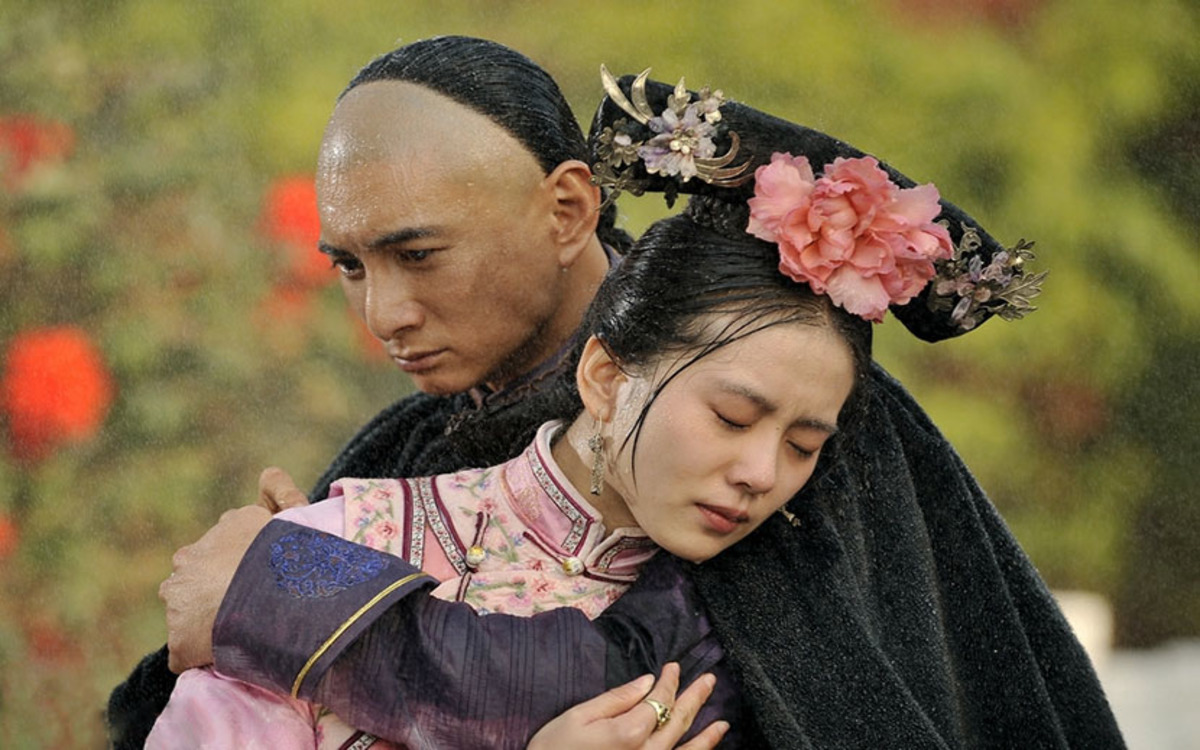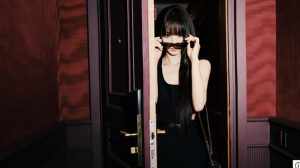Why are legions of poorly rendered female protagonists leaping from fan fiction onto screens?

A still frame from the TV period drama Scarlet Heart. IC/Sixth Tone
Mary Sue enjoys a better life in China than she ever did in the United States, where she was born. Endowed with stunningly good looks, sex appeal, and almost saintly kindness, she is what every female writer aspires to be — except for her astonishing lack of depth.
Mary Sue isn’t real, of course; rather, she’s a fictional trope often cited as an example of bad writing. Her name comes from a piece of 1970s Star Trek fan fiction called “A Trekkie’s Tale.” Written by Paula Smith as a parody of self-insert fan fiction — where the real author of the piece appears as an idealized character within the story — the text represents a timeless critique of the one-dimensional characterizations blighting unaccomplished authors. “She makes her way onto the [Starship] Enterprise and the entire crew falls in love with her,” said Smith to the journal “Transformative Works and Cultures” back in 2011. “They then have adventures, and the remarkable thing was that all the adventures circled around this character. Everybody else in the universe bowed down in front of her.”
While a whole host of Mary Sues remains confined to the web in America, across the Pacific they are making the leap from internet fan fiction communities to Chinese TV and cinema screens — and viewers are lapping it up. Princess Weiyoung, a wildly popular 2016 TV show, is set in the Northern Wei Dynasty (386-534) and features a kind, carefree, and well-loved title character, Li Weiyang, who loses her royal status after her father is killed. Li is loved by two feuding princes — one good, the other evil — and attracts jealous, hateful glances from other women at court. Inevitably, she marries the good prince, convinces the evil one to mend his ways, and becomes the empress. Eventually, both men die for her.
Another example of a popular Mary Sue is the character of Zhang Xiao in the show Scarlet Heart. After being hit by a car, Zhang is transported back to one of her former lives as Ma’ertai Ruoxi, the daughter of a Qing Dynasty general. Against the backdrop of a dramatic succession dispute between nine sons of the Kangxi Emperor, the kindly, demure Zhang — who, naturally, is the object of many princes’ affections — incites intrigue through her relations with members of the royal court. Here again, we witness the hallmark of self-insert fan fiction so derided by Smith, as the plot revolves around a singular female lead.
In the U.S., the term “Mary Sue” — scribbled with a derisive flick of a critic’s pen, or tapped out from the keyboards of underwhelmed forum users — is often used to describe a writer’s lack of experience. In China, however, amateur authors frequently find themselves backed up by investors with large amounts of capital, allowing them to break out of the relatively niche world of online fan forums into mainstream culture. But why are we seeing so many of them on our screens now?
One reason might be that the sheer size of China’s online fan fiction communities encourages TV companies to adapt them into dramas. Scarlet Heart, for example, was adapted from the eponymous novels serialized on Jinjiang Literature City, a vast fiction-sharing website for unpublished authors with 16 million registered users, 2.2 million of whom are active on a daily basis. As the site’s community is built around posting, sharing, and soliciting feedback and support from fellow users, the best-received stories are also the most likely to reflect the tastes of several million people — which explains why screen adaptations of such novels can be so enticing to studios and investors.
In addition, it is cheaper for TV executives to purchase adaptation rights from amateur authors than from professional ones. According to a report on Yicai.com, the rights to online novels generally sell for around RMB 100,000 (roughly US$14,500). Even Tong Hua, the writer of Scarlet Heart, now commands a mere 1 million yuan for the rights to her work — a paltry sum considering Mo Yan, China’s most acclaimed writer, sold the rights to his novel Red Sorghum for 10 times that amount.
The plethora of TV dramas featuring Mary Sue-like protagonists also reflects the fact that young, middle-class Chinese women have become extremely active consumers of entertainment. Adapting and broadcasting such stories, then, can be viewed as a way for TV companies to court female viewers by pandering to their supposed fantasies.
Yet while it is good that Chinese TV dramas are finally telling stories from a woman’s perspective, too many narratives depict the desires of women in traditional terms. When we watch so many female leads embodying an idealized form of femininity, when we see how they wait to be swept off their feet by some charming young prince, are we not complicit in preserving ossified gender roles whereby husbands play the breadwinners, and their wives play second fiddle? Why, as viewers, do we not dare TV executives to challenge us a little, to offer us modern women in truly innovative roles?
Television reflects social and cultural values, but it can also be an engine for change. Producers and screenwriters have the power to influence Chinese women’s perceptions of themselves, and they could do so by creating independent, intellectual, complex characters that step beyond the regimented storylines of Mary Sue-style dramas. But this would, of course, require executives to ignore the blind pursuit of viewers and revenues, which seems an unlikely scenario. Fortunately, we as viewers invariably have the final say, an ace up our collective sleeve: the power to change the channel.
— This article was originally published by Sixth Tone.





